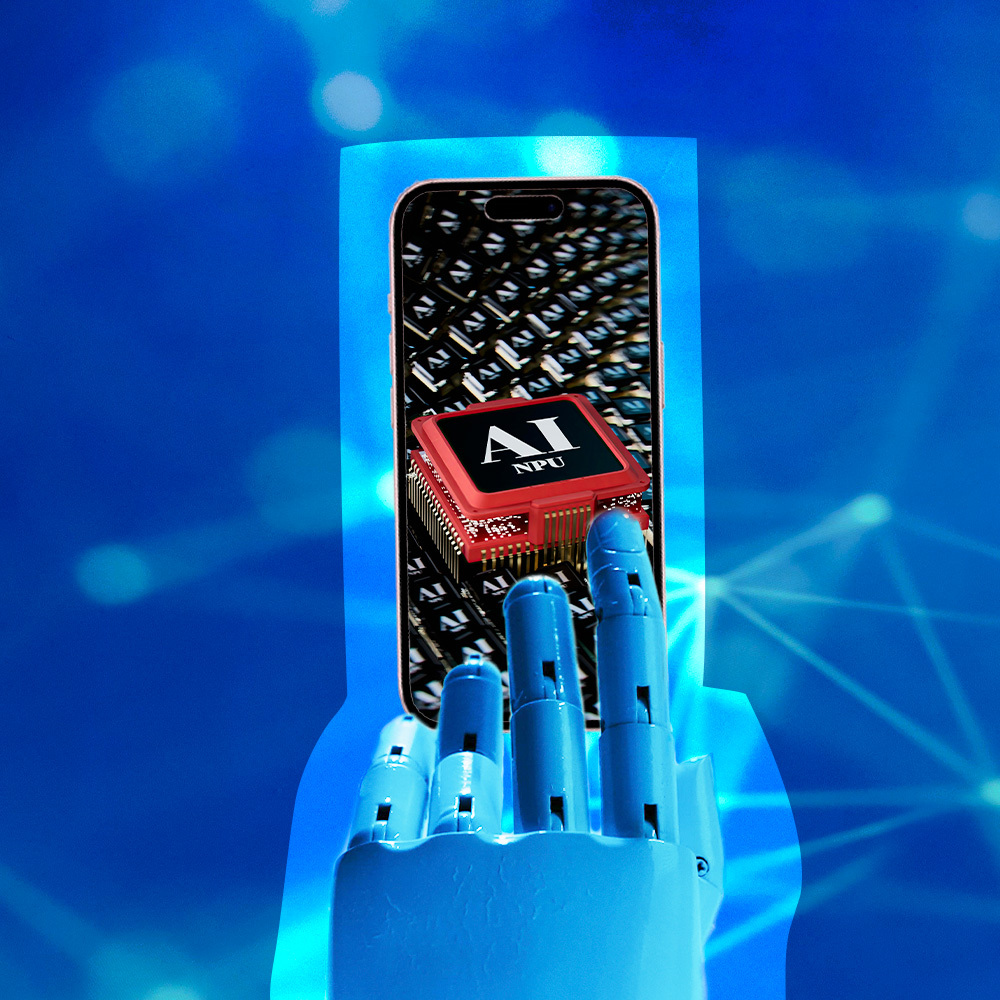
How Have Mobile Phones Changed Over Time?
From first call to AI: The evolution of mobile phones.
It’s hard to imagine life without our phones. People in the UK are now estimated to spend an average of three hours per day on their mobile devices, meaning that they often feel like an extension of ourselves rather than just a useful tool.
And frankly, why wouldn’t we? Technology has advanced at such a rapid pace over recent years that we can do almost anything on our phones, making managing our finances or composing music as easy as playing online bingo or editing photos. But how did we get here? Let’s take a look at the incredible development of mobile phones.
The first mobile phone call
Everything comes back to a call placed by Martin Cooper on April 3, 1973. The Motorola engineer used a prototype phone – a hefty beast weighing around 10 times what your average iPhone today does – to tell a colleague at rival firm AT&T that his team had achieved their goal of constructing a working mobile telephone.
It took another 10 years for Motorola to iron out technical issues before releasing the first mobile phone to the wider market.
The first camera phone
After that 1983 launch, mobile phones were gradually refined to more and more comfortable sizes that could conveniently be held in hands and pockets. The next big race was to bring camera technology into the mix, although there is some debate as to who exactly finished first. Samsung widely proclaims to have released the first phone with a built-in camera in the form of its SCH-V200 in the year 2000 but it would be fairer to credit instead the Kyocera VP-210, which hit the Japanese market the year before. Rival companies have only been providing better and better-quality photo capability ever since.
The smartphone era
The transition to what we’d recognize as contemporary phones began with the launch of Apple’s iPhone in 2007. The combination of features from the music-playing iPod with those of a mobile phone, married to internet connectivity, paved the way for our phones to become constant companions, with the widest flexibility of uses yet seen on the market.
What does the future hold?
The rapid advancement of smartphone technology makes its future hard to predict, although the possibilities appear near endless. Presently, the industry is putting a lot of emphasis on integrating artificial intelligence (AI) into devices, seeking to bolster their role as omnipresent personal assistants by learning from users’ behavior and refining functionality and offerings to suit their needs. AI is also being used behind the scenes to help the underlying technology run more smoothly and enable manufacturers to quickly identify and resolve issues.

Meanwhile, your smartphone may become better at interacting with other devices in your life thanks to the developing Internet of Things (IoT).











